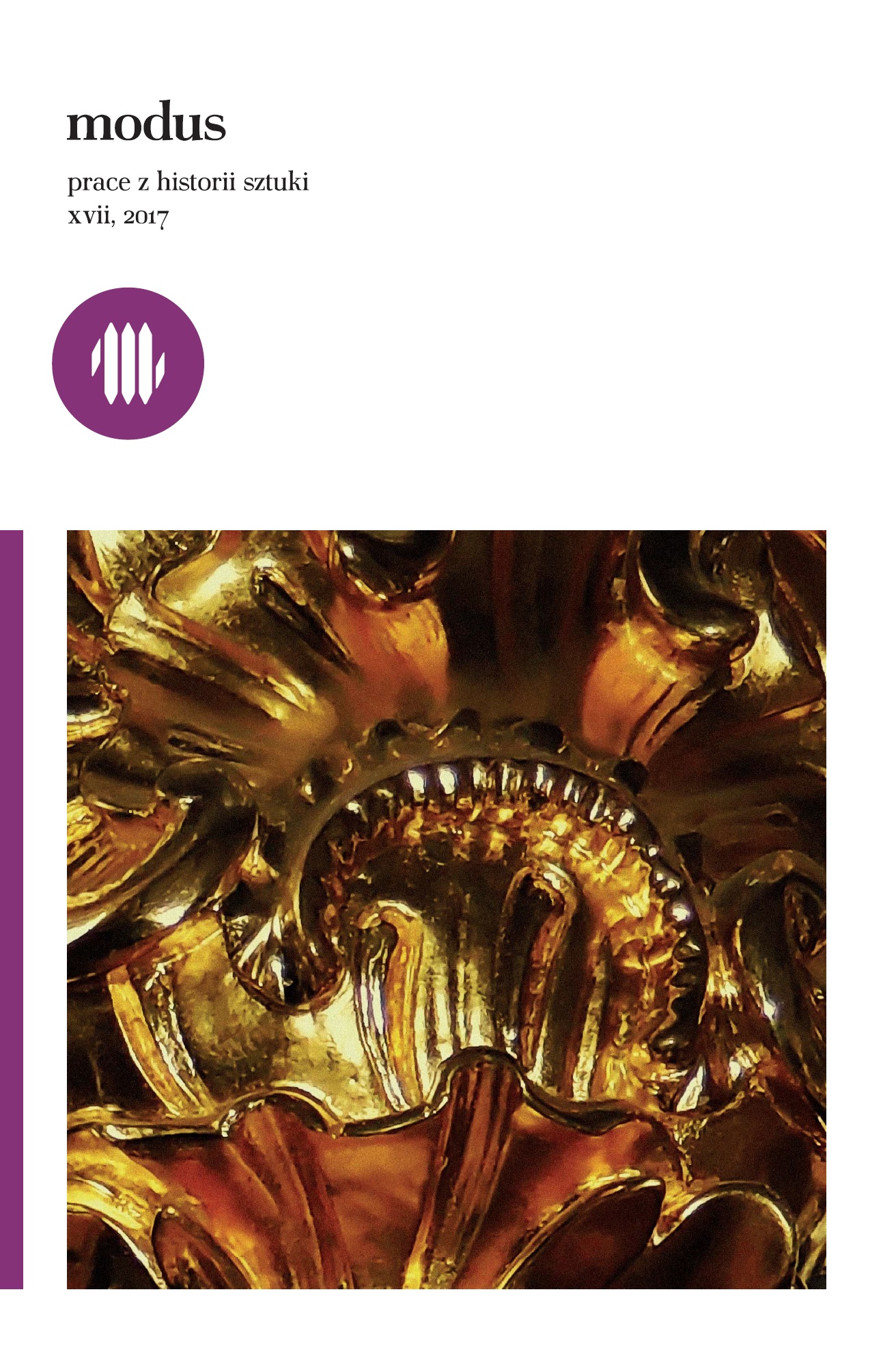Atlas Mnemosyne jako źródło inspiracji w sztuce współczesnej na przykładzie twórczości Goshki Macugi
Th e Mnemosyne Atlas as a Source of Inspiration for Contemporary Art on the Example of Goshka Macuga’s Work
Author(s): Hanna DoroszukSubject(s): Fine Arts / Performing Arts, Photography, Visual Arts
Published by: Wydawnictwo Uniwersytetu Jagiellońskiego
Keywords: Atlas Mnemosyne; Goshka Macuga;Polish art;Polish artist-woman;
Summary/Abstract: The present paper is an attempt at showing the inspiration drawn by contemporaryart from Aby Warburg’s Mnemosyne Atlas, compiled in the 1920s. These influenceswill be exemplified by the work of Goshka Macuga.The interest of the artist in the German art historian has been constantly manifested in adirect manner: her installations or collages feature photographic images of the scholar or theobjects of his research. Worthy of mention is also the trip that Macuga undertook retracingWarburg’s expedition to study the Hopi Indians. On closer inspection, Macuga’s work shows that these inspirations reach much furtherand are manifested also in the message carried by her works, reflecting the practices usedby Warburg while compiling his magnum opus, the Mnemosyne Atlas.The basis for an interpretation of black-and-white plates, applied in the present paper, wasthe work of the French philosopher Georges Didi-Huberman who not only has contributedcrucial texts on the contemporary reception of the Mnemosyne Atlas, of key importance forthe present discussion, but has interpreted Warburg’s oeuvre in a practical manner as well.The exhibition, Atlas: How to Carry the World on One’s Back?, curated by him, is the hithertomost extensive direct reception of the Mnemosyne Atlas.Formal references to Warburg’s Mnemosyne Atlas in Macuga’s work were never intendedto be as straightforward as in the case of Didi-Huberman’s work. Yet, a detailed analysisreveals that a resemblance of certain features cannot be accidental. Anachronisms, the lack ofhierarchy of the compared elements, no real between the material and metaphysical worlds,and an attempt at finding a certain universality in the real world are just a handful of suchsimilarities. Together they contribute to Goshka Macuga’s artistic practices being an alternativefor a traditional archival research.
Journal: Modus. Prace z historii sztuki
- Issue Year: 2017
- Issue No: 17
- Page Range: 75-86
- Page Count: 12
- Language: Polish

